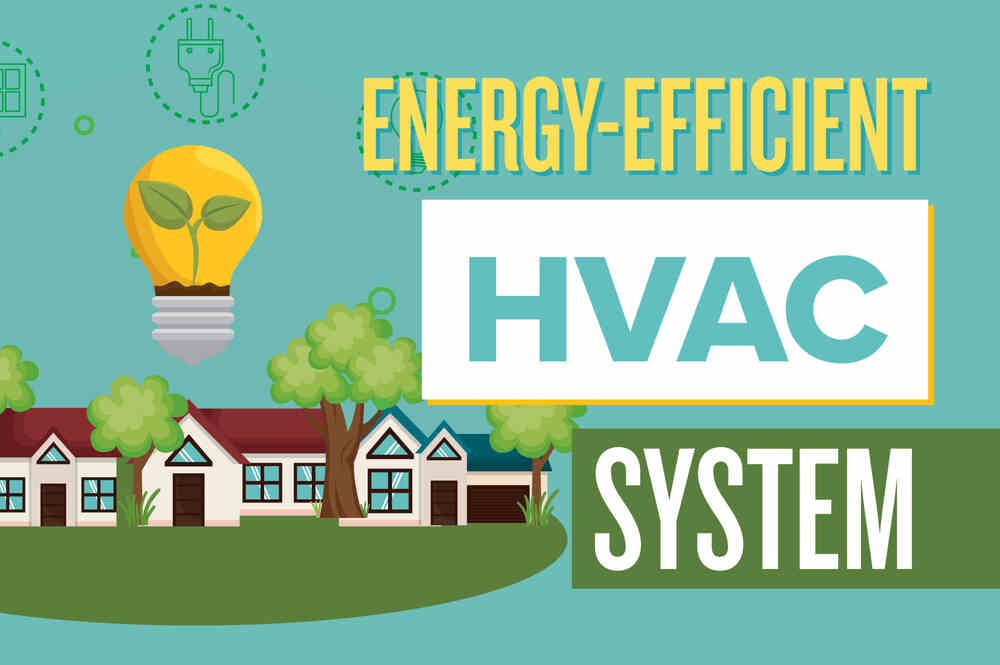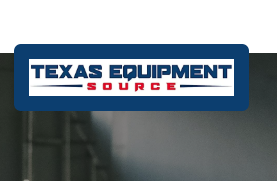As global concerns about energy consumption and environmental impact continue to rise, the demand for energy-efficient solutions in all sectors, including heating, ventilation, and air conditioning (HVAC), has grown exponentially. HVAC systems are critical to maintaining comfort in both residential and commercial spaces, but they can also account for a significant portion of energy use and utility costs. In recent years, technological advancements have made it possible to significantly reduce the energy consumption of HVAC systems without compromising performance or comfort. Let’s explore some of the cutting-edge innovations in energy-efficient HVAC systems – https://acjakarta.com.
1. Smart Thermostats and IoT Integration
A major advancement in HVAC technology is the emergence of smart thermostats that are connected through the Internet of Things (IoT). These thermostats not only allow for remote control and automation of temperature settings via smartphones or voice assistants, but they also learn users’ behavior patterns and adjust the settings accordingly. Smart thermostats can optimize the operation of HVAC units by adjusting the temperature based on the time of day, occupancy, and even the local weather forecast.
By allowing systems to adjust dynamically, smart thermostats help avoid unnecessary energy usage. For instance, if no one is home, the system can reduce heating or cooling until the homeowner returns. This kind of adaptability significantly lowers energy consumption without sacrificing comfort, making HVAC systems more energy-efficient than traditional models.
2. Variable Refrigerant Flow (VRF) Systems
Variable Refrigerant Flow (VRF) systems represent one of the most innovative advancements in HVAC technology. VRF systems are capable of providing both heating and cooling to different zones within a building, all through a single system. The system uses refrigerant as the cooling and heating medium, which flows at varying rates depending on the temperature demand of each individual zone.
VRF systems are especially valuable for their capacity to modulate refrigerant flow based on the unique requirements of individual zones. This results in more efficient energy use compared to traditional HVAC systems, which often cool or heat the entire building uniformly, even when some areas do not require it. As a result, VRF systems can reduce overall energy consumption by 30% or more, making them a prime choice for energy-conscious commercial and residential buildings.
3. Geothermal Heat Pumps
Geothermal heat pumps (GHPs) represent a groundbreaking and highly efficient solution in HVAC systems. Unlike conventional HVAC systems that rely on air to transfer heat, GHPs utilize the relatively constant temperature of the earth below the surface. These systems consist of a heat pump, an air delivery system (ductwork), and a heat exchanger – a system of pipes buried in the shallow ground near the building.
During the winter, the system transfers heat from the ground into the building to provide warmth, while in the summer, the process is reversed to cool the building. Geothermal heat pumps are incredibly energy-efficient because the temperature of the earth remains relatively constant, which means the system doesn’t have to work as hard as air-based systems to achieve the desired indoor temperature. As a result, geothermal systems use significantly less energy than conventional HVAC systems and have a much longer lifespan.
4. Airside Economizers
Airside economizers conserve energy by leveraging outdoor air for cooling when weather permits, thereby decreasing reliance on mechanical systems.This system is particularly effective in regions with mild to cool climates. When the outdoor air is cool enough, the economizer allows the HVAC system to use fresh air instead of the refrigeration cycle to cool the building.
This method reduces the need to run compressors, which consume a lot of energy, thus saving a significant amount of electricity. In addition, airside economizers enhance indoor air quality by supplying buildings with fresh outdoor air. As a result, this innovation is not only energy-efficient but also beneficial for the health and comfort of building occupants.
5. Inverter Technology
Inverter technology has been a game-changer in the HVAC industry. Traditional HVAC systems operate in an “on or off” mode, meaning they consume high amounts of energy when initially turned on and then cycle on and off to maintain a set temperature. In contrast, inverter-driven compressors adjust their speed to precisely meet the required load, offering more consistent performance and lower energy consumption.
The system can maintain a steady indoor temperature without the energy waste that occurs with constant cycling on and off. Inverter-driven HVAC systems are particularly efficient because they can modulate their power usage based on real-time needs, providing cooling and heating more efficiently. This technology is now a staple in modern air conditioning and heat pump systems and contributes significantly to overall energy savings.
6. Advanced Insulation and Ductwork Design
Efficient HVAC systems aren’t just about the technology; they also depend on the infrastructure surrounding them. Advanced insulation materials and high-quality ductwork** play an essential role in enhancing the energy efficiency of HVAC systems. Insulation materials such as spray foam, reflective barriers, and improved fiberglass can reduce the loss of conditioned air, ensuring that the system doesn’t have to work harder to maintain the desired temperature.
Likewise, high-efficiency ducts that minimize air leakage are crucial in ensuring that the system delivers the intended airflow without wasting energy. When these advancements in insulation and ductwork are integrated into an HVAC system, the overall efficiency improves, reducing energy consumption and utility costs.
Conclusion
As energy efficiency becomes a growing priority across the globe, the HVAC industry continues to innovate in ways that offer both environmental and financial benefits. Whether it’s smart thermostats, VRF systems, geothermal heat pumps, or airside economizers, these innovative solutions are reshaping modern approaches to heating and cooling in buildings. By integrating advanced systems and infrastructure, buildings can achieve optimal comfort while drastically reducing their energy consumption. As these technologies continue to evolve, the future of HVAC looks not only more efficient but also more sustainable for generations to come.







0 Comments